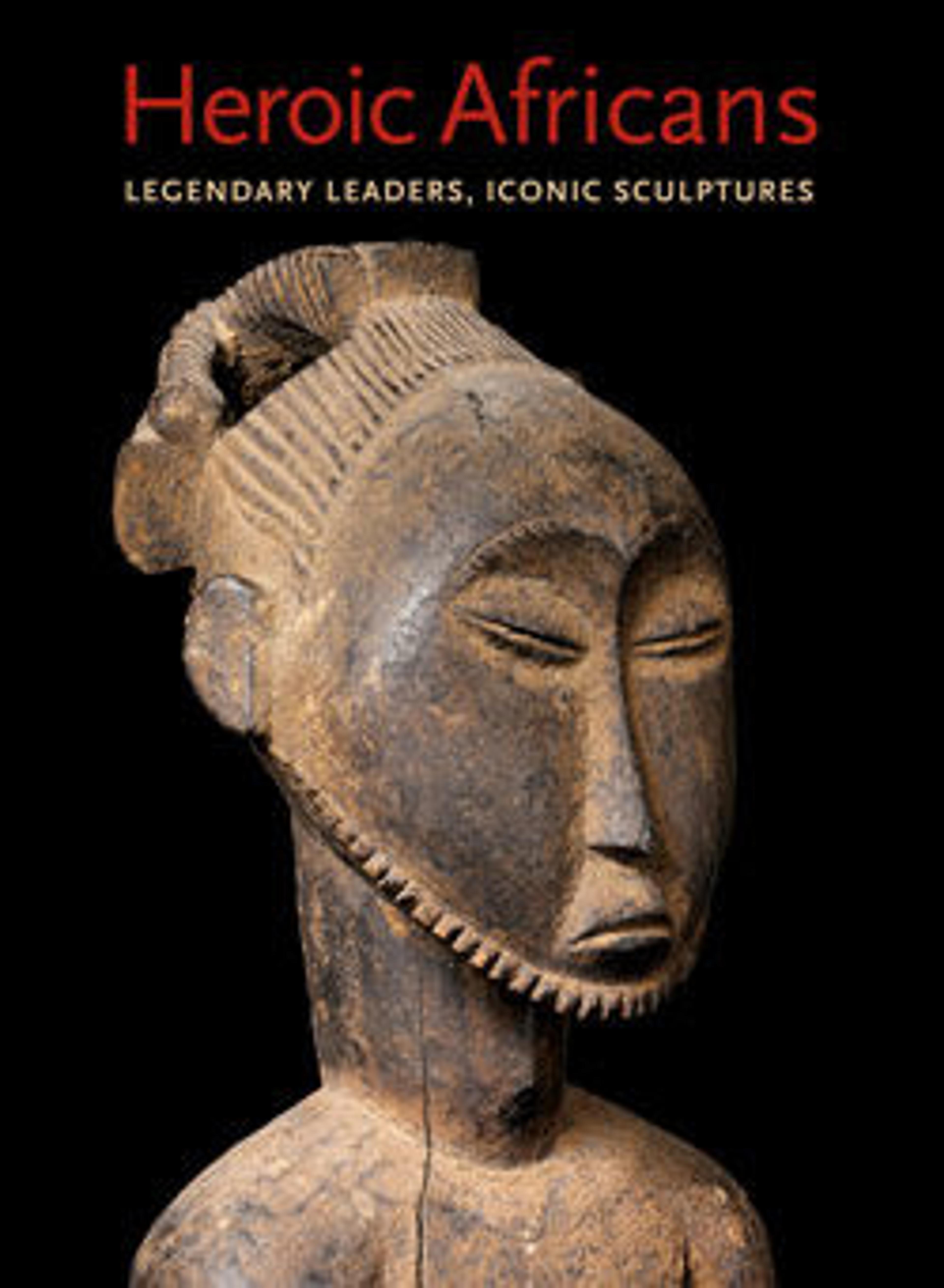Ilé-orí (house for the head) shrine with ìbọrí
An ìbọrí is a small, upright cone invested with sacred materials that represents a person’s orí inú (inner head). It is housed within a larger shrine, or ilé-orí, through which the owner cultivates a relationship with their deepest self. Under the guidance of a babaláwo (an Ifá priest), the shrine is "fed" with kola nuts, gin, and other offerings. Densely adorned with precious cowrie shells symbolically numbering twelve thousand, the ilé-orí honors the head through the lavish application of material wealth. Red accents, present in this example, suggest the passionate temperament of its patron. Following its owner’s death, an ìbọrí would be turned on its side, while the ilé-orí’s orderly rows of cowries are disassembled and scattered to underscore the transition from the visible world to the spiritual realm.
Artwork Details
- Title: Ilé-orí (house for the head) shrine with ìbọrí
- Artist: Yoruba artist
- Date: 19th–20th century
- Geography: Nigeria, southwestern region
- Culture: Yoruba peoples
- Medium: Cowrie shells, cotton, leather, mixed media offerings
- Dimensions: H. 13 3/4 x Diam. 10 in. (35 x 25.4 cm)
- Classification: Beads-Costumes
- Credit Line: The Michael C. Rockefeller Memorial Collection, Gift of the William W. Brill Foundation, 1962
- Object Number: 1978.412.459a-c
- Curatorial Department: The Michael C. Rockefeller Wing
More Artwork
Research Resources
The Met provides unparalleled resources for research and welcomes an international community of students and scholars. The Met's Open Access API is where creators and researchers can connect to the The Met collection. Open Access data and public domain images are available for unrestricted commercial and noncommercial use without permission or fee.
To request images under copyright and other restrictions, please use this Image Request form.
Feedback
We continue to research and examine historical and cultural context for objects in The Met collection. If you have comments or questions about this object record, please contact us using the form below. The Museum looks forward to receiving your comments.
